
These 4 places are "bacteria nests" in the rice cooker, need to be cleaned every month

If not cleaned regularly, a rice cooker can become a breeding ground for bacteria and dirt, affecting the quality of rice and the health of your family.
According to experts, rice cookers should be cleaned regularly every month, paying particular attention to the following four areas:
1. Inner Pot
The inner pot is the part that directly contacts the rice and water, so it's not surprising that this is where the most dirt accumulates.
After each cooking session, some rice grains or burnt layers can stick to the bottom or sides of the pot, especially if you use the rice cooker to cook porridge, soups, or other dishes.
According to food safety experts, these rice residues, if not cleaned promptly, become an ideal environment for mold and bacteria to develop.
In particular, the non-stick coating of the inner pot can be damaged if you use hard objects to scrape off the burnt residue, making the rice stick more easily in the future.
Cleaning Method:
Soak the inner pot in warm water mixed with a little dishwashing liquid for 15-20 minutes to soften the dirt. Then, use a soft sponge to wipe it clean, avoiding the use of steel wool or sharp objects.
If stubborn burnt residue remains, sprinkle a little baking soda on the surface, add warm water, and soak for another 10 minutes before gently scrubbing. Dry the pot completely before storing it to prevent mold growth.
2. Steam Vent
The steam vent (or steam hole) is a small but important part that regulates the pressure when cooking rice. However, it's also the most overlooked when it comes to cleaning.
According to a study from Seoul National University (2020), steam that carries starch and oil from the cooking process can adhere to the steam vent, creating a sticky residue. Over time, this buildup can clog the vent, reducing the rice cooker’s efficiency or even causing the rice to be undercooked or unevenly cooked. Additionally, accumulated dirt can create a breeding ground for bacteria.
Cleaning Method:
Remove the steam vent from the rice cooker (if the design allows) and soak it in a solution of warm water mixed with white vinegar (1:1 ratio) for about 10 minutes.
Use a cotton swab or small brush to clean the narrow gaps. Then, rinse with clean water and allow it to dry completely before reattaching. Make sure to clean the steam vent at least once a month to avoid dirt accumulation.
3. Pot Rim and Inner Lid
The pot rim (the edge around the top of the pot) and inner lid (the removable lid in some rice cookers) are often neglected during cleaning.
These parts come into contact with the steam and starch that rise during cooking, leading to the buildup of dirt, grease, and even mold.
Cleaning Method:
Remove the inner lid (if applicable) and wipe it clean with a damp cloth soaked in mild soap. For the pot rim, use an old toothbrush to scrub the crevices, then wipe it with a clean cloth.
If you find mold, you can use a white vinegar solution to wipe it off, then rinse and dry. Don't forget to check the rubber seals on the lid, as they can also harbor bacteria.
4. Heating Element
The heating element (the heating plate) is located at the bottom of the rice cooker, where it directly contacts the inner pot to transfer heat.
This area often collects dust, spilled rice, or oil from cooking. If not cleaned, the heating plate can become less effective, resulting in uneven cooking or even increasing the risk of malfunction.
Accumulated dirt on the heating plate can reduce its heat transfer ability, making the cooker use more electricity.
Cleaning Method:
Ensure that the rice cooker is unplugged and completely cooled down. Use a dry cloth or soft brush to remove dust and rice residue from the heating plate.
If there are stubborn stains, you can wipe the plate with a damp cloth mixed with a little vinegar, then dry it with a clean cloth. Never pour water directly onto the heating plate to avoid damaging the electrical components.
News in the same category

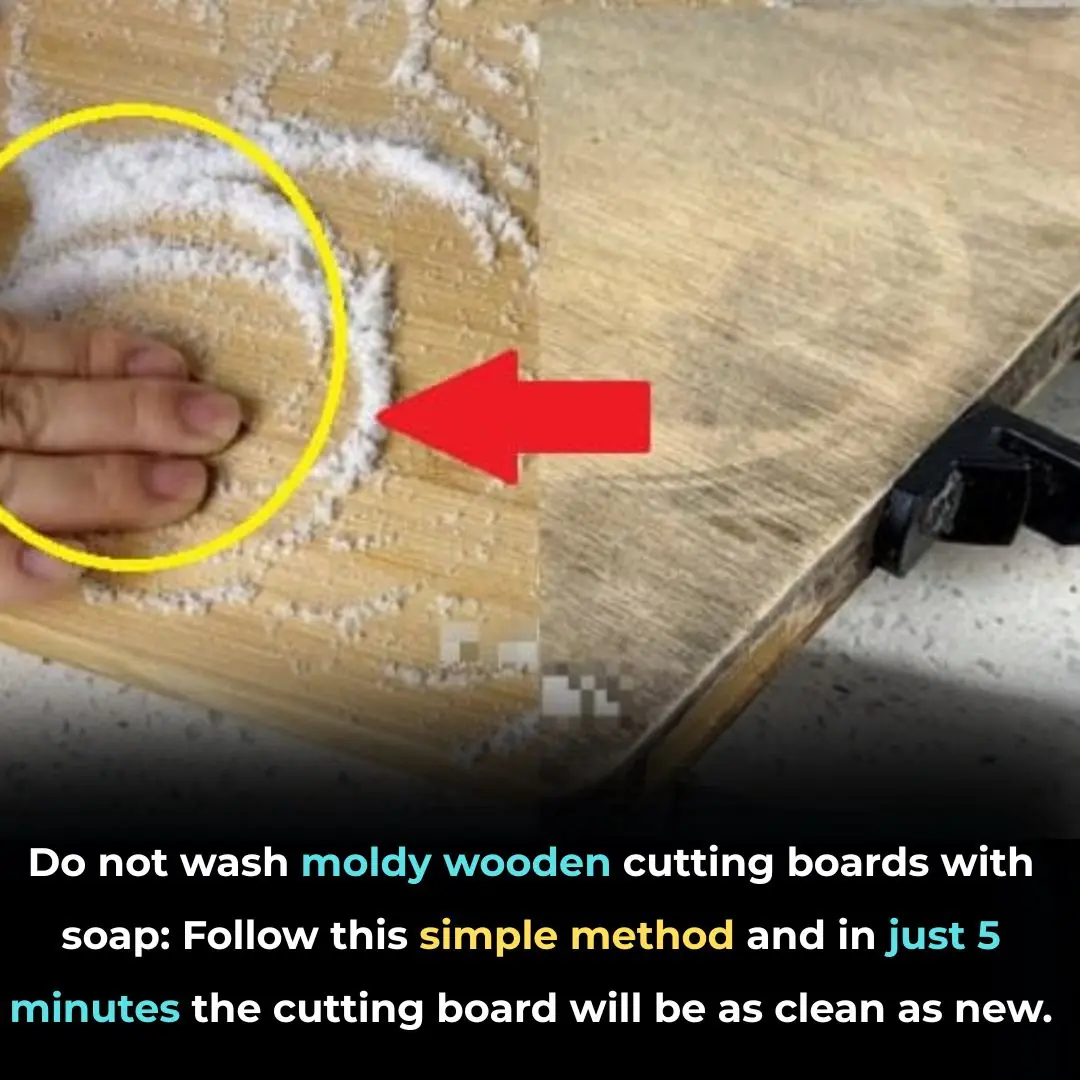
🪵 Don't Wash Moldy Wooden Cutting Boards with Soap—Try This 5-Minute Natural Cleaning Hack Instead

🌾 Ginger and Rice Water Hair Treatment: A Natural Secret for Fast Growth, Thicker, Shinier Hair
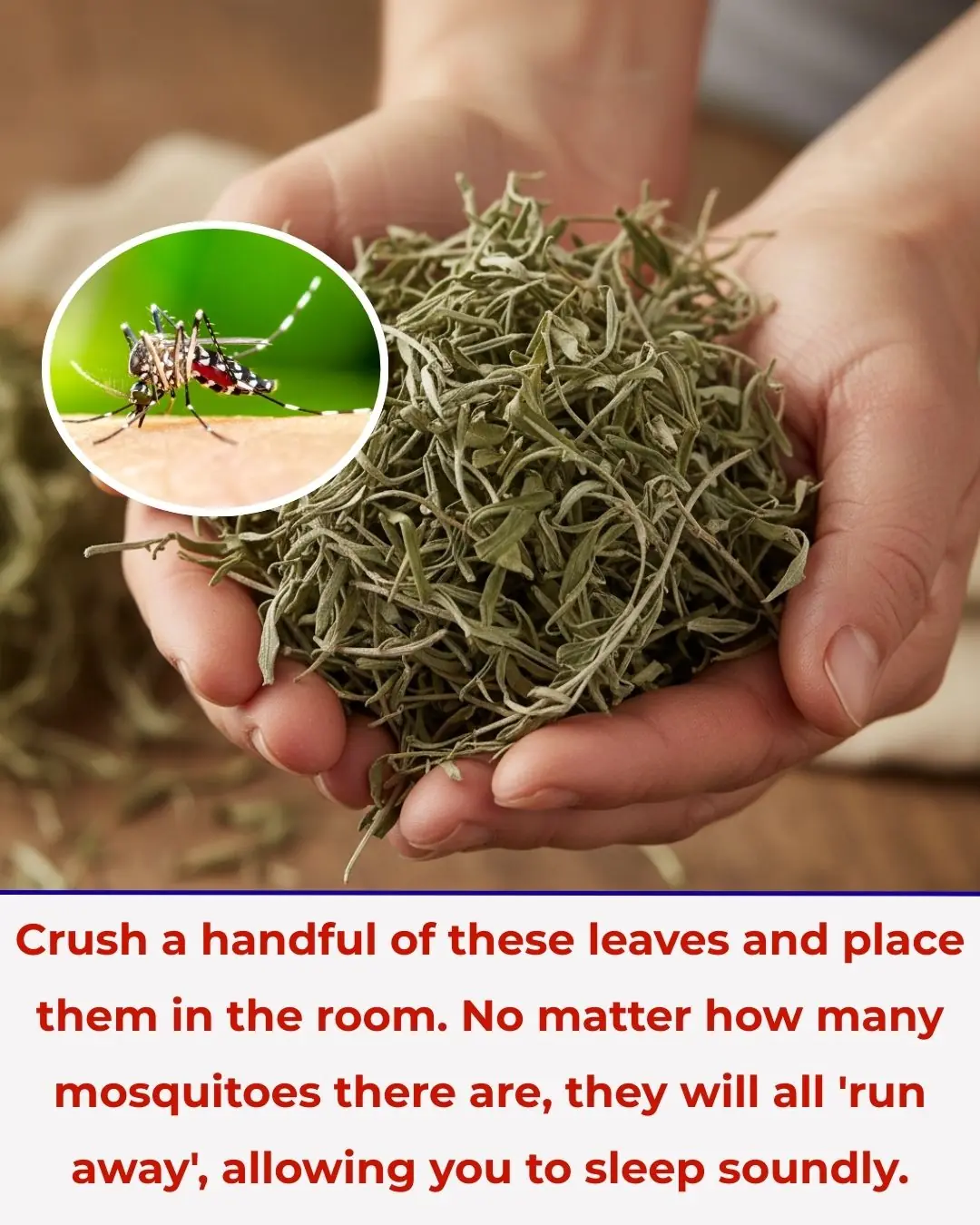
Crush a handful of these leaves and place them in the room. No matter how many mosquitoes there are, they will all 'run away', allowing you to sleep soundly.
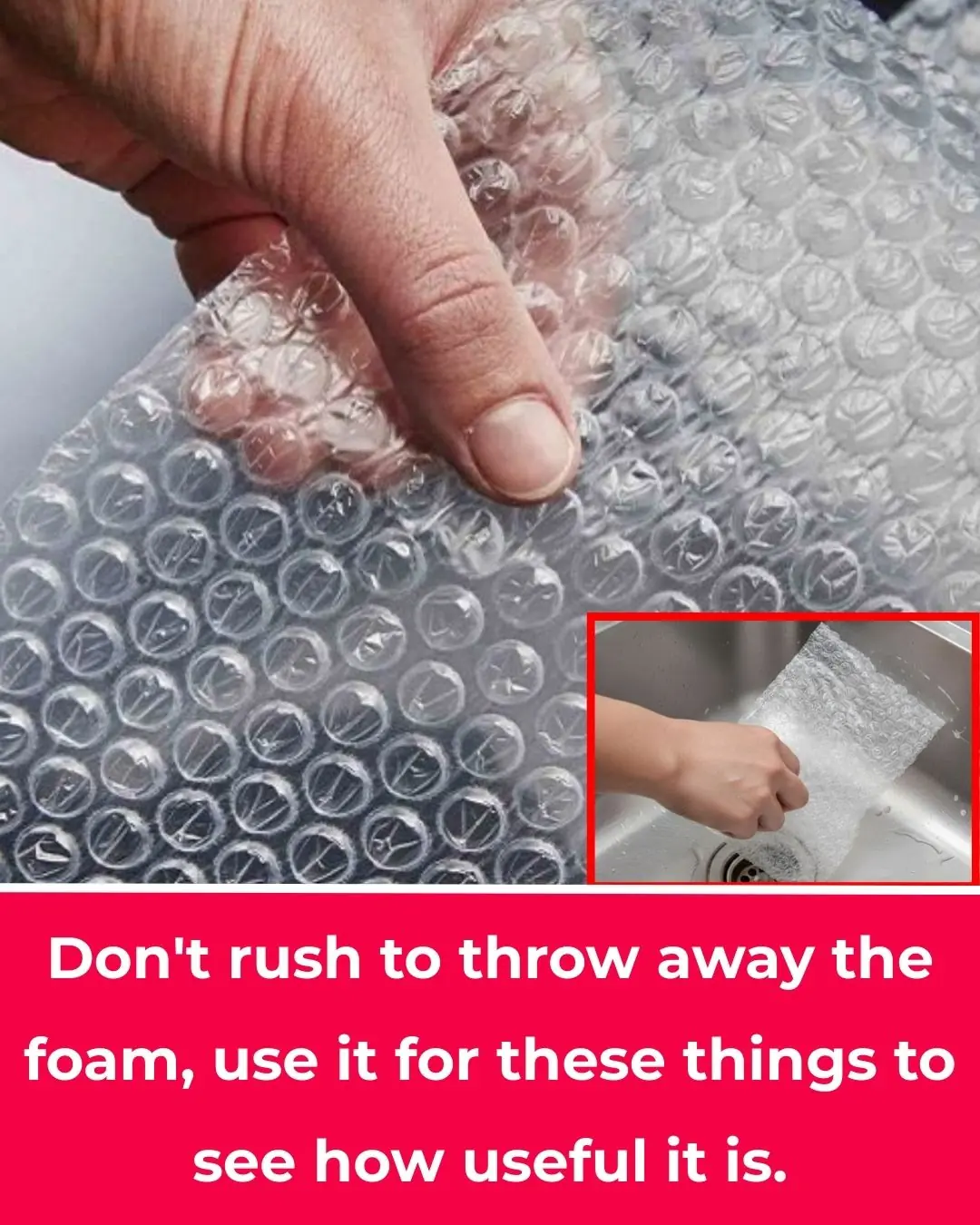
Don't rush to throw away the foam, use it for these things to see how useful it is.

Mix beer with sugar or laundry detergent: A great mixture to solve a problem that every household encounters, if you don't know, it's a waste
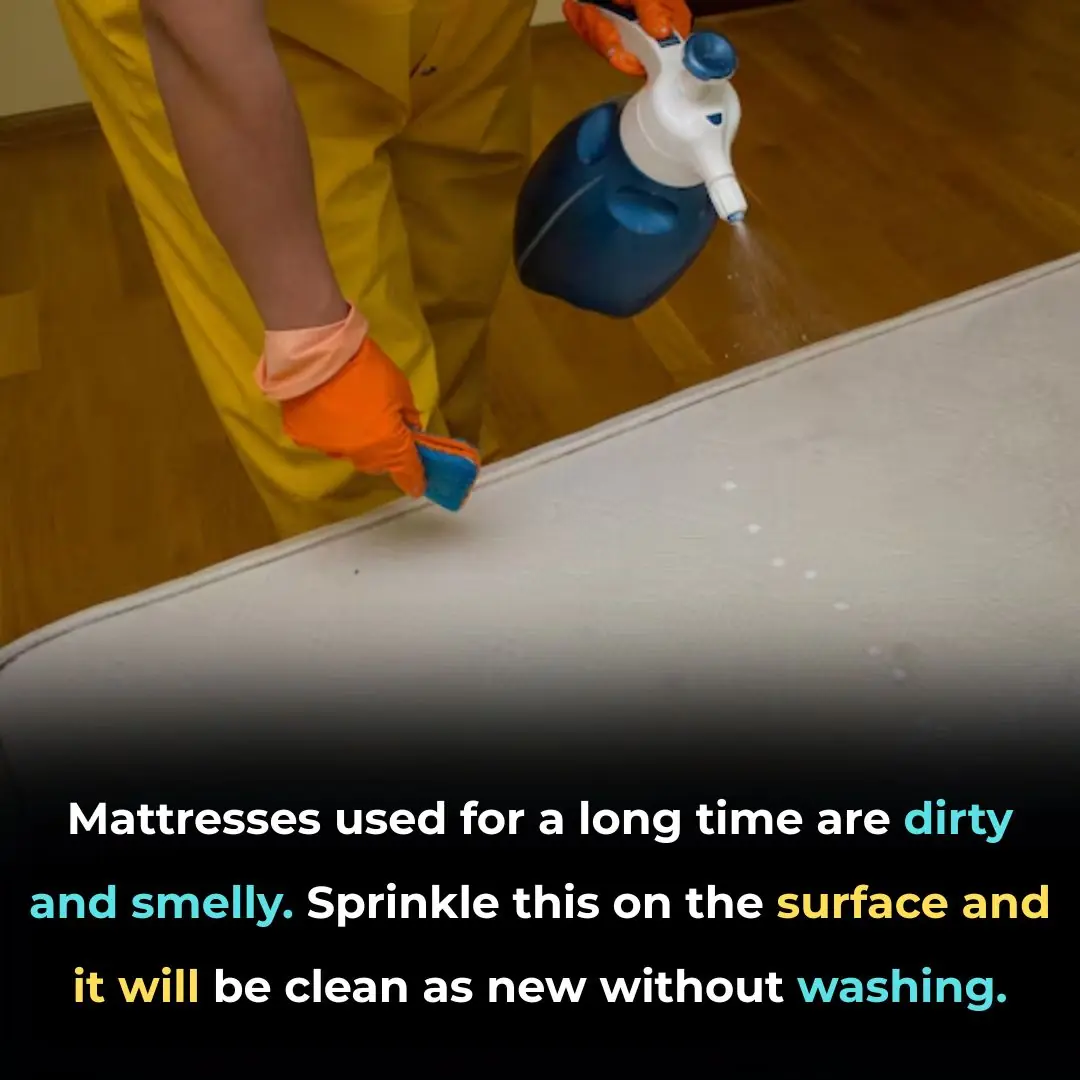
Mattresses used for a long time are dirty and smelly. Sprinkle this on the surface and it will be clean as new without washing.

The 3 Best Times of the Day to Drink Coffee

Eat these 5 fruits to avoid magnesium deficiency, keep your heart healthy and your bones strong

Drink coconut water on an empty stomach for 7 days, kill 10 birds with one stone: it's a waste not to try it

When cooking rice, don't just add water, add these two things, the grains will be plump, sticky, and clearly more delicious

Dog ticks bit 3 people in a family, 2 died: If you can't keep them clean, don't keep them, they're full of diseases

Drinking lemon ginger water, the body receives these 6 great benefits
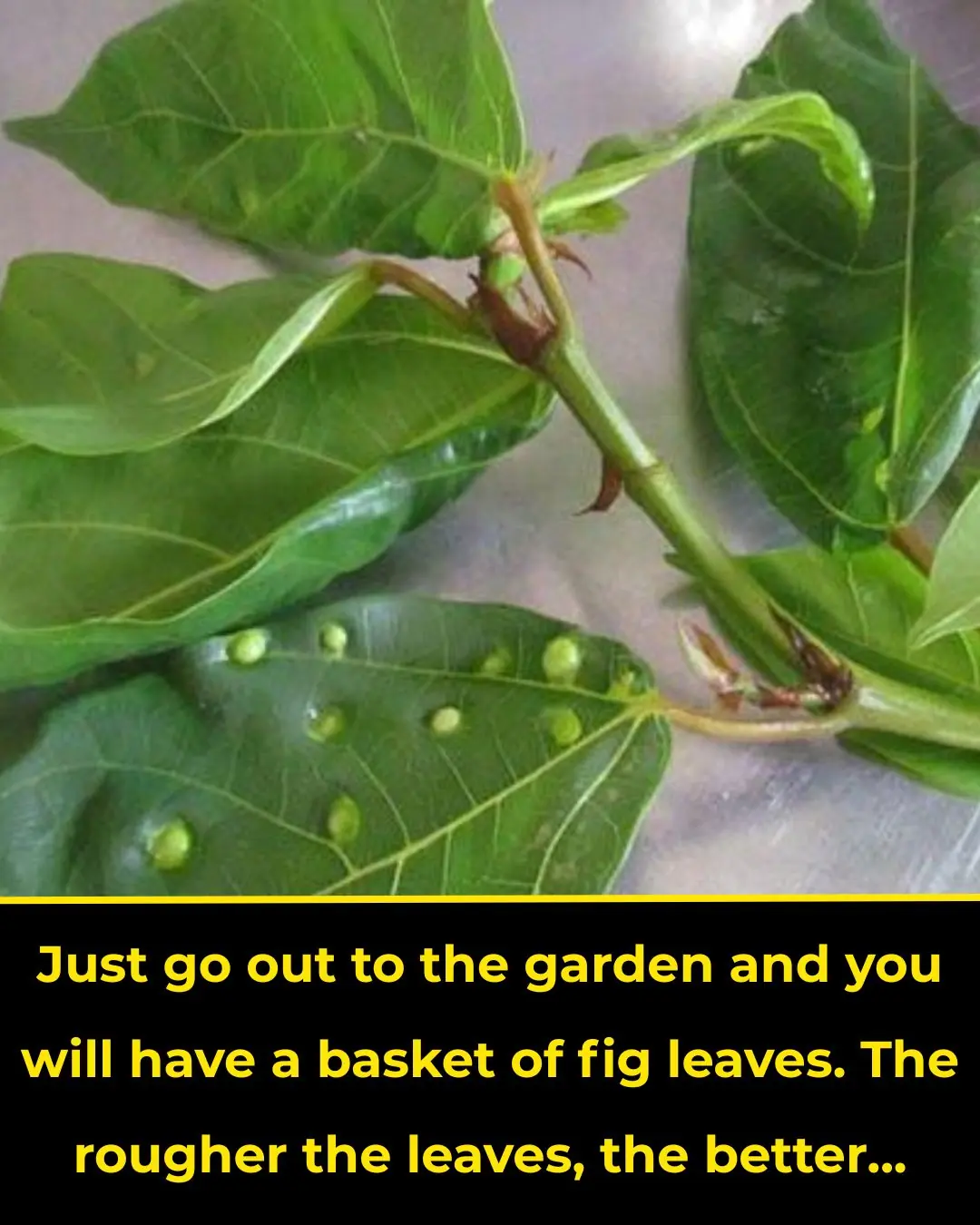
'Miraculous' uses of fig leaves: A precious medicinal plant right in your garden

The fish that is the "king of omega-3," with salmon only ranking second: Sold everywhere in Vietnamese markets at incredibly low prices.

Tips for using rice water and ginger to nourish your hair, promoting faster growth and making it thicker, darker, and shinier.

Treat premature gray hair with a black dye formula made from sour starfruit and potatoes, as cheap as can be!

How to store chili peppers for months while keeping them as fresh as the day they were picked, with firm, plump flesh that doesn’t dry out or lose flavor.

10 people eat avocado, but 9 of them discard this part without realizing it's a "treasure."
News Post

Game-changing 'hidden' features in iOS 26 update you've probably missed

X-rays Reveal Hundreds of Golden Threads Inside a Patient with Severe Knee Pain — Here’s the Reason Why

Blind Man Can Now See Through His Tooth After Losing Sight 20 Years Ago – He Explains How It Works

Harvard expert issues chilling warning that strange object heading towards Earth may be a ‘mothership'

Nvidia's futuristic 'robot brain' officially goes on sale to the public for insane price

🌿 Wash Your Hair with This Herb and Watch Baby Hairs Grow Back Fast — Say Goodbye to Hair Fall

🪵 Don't Wash Moldy Wooden Cutting Boards with Soap—Try This 5-Minute Natural Cleaning Hack Instead

🌾 Ginger and Rice Water Hair Treatment: A Natural Secret for Fast Growth, Thicker, Shinier Hair

Colgate Toothpaste for Face Whitening: The Secret Combo of Tomato and Colgate 🍅✨

Emotional Starbucks Employee Reaction Over Long-Hour Shift Sparks Debate

Shocking Discovery at Her Son’s Bed Leaves Mom Terrified
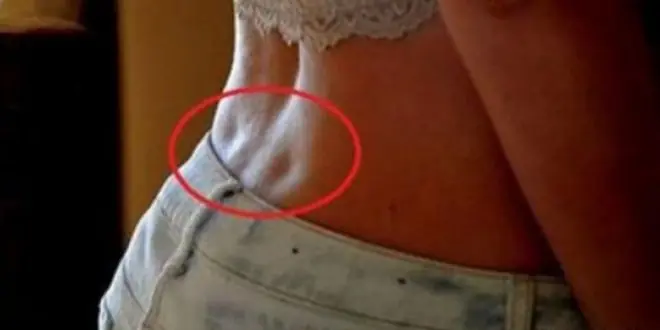
If You Have These Two ‘Dimples’ on Your Lower Back, This is What They Mean

How My Nana’s Baking Soda Skincare Routine Became My Favorite Beauty Secret

Popular Drink Could Be Permanently Staining Your Teeth Yellow, Experts Say

Powerful Natural Remedies for Ear Infections That You Can Try at Home

CRISPR Breakthrough: Scientists Achieve Complete HIV Eradication in Lab Cells

Northern lights alert : the best displays in years could be coming

The Science Behind the Blood Moon: How Earth’s Shadow Creates the Red Glow
